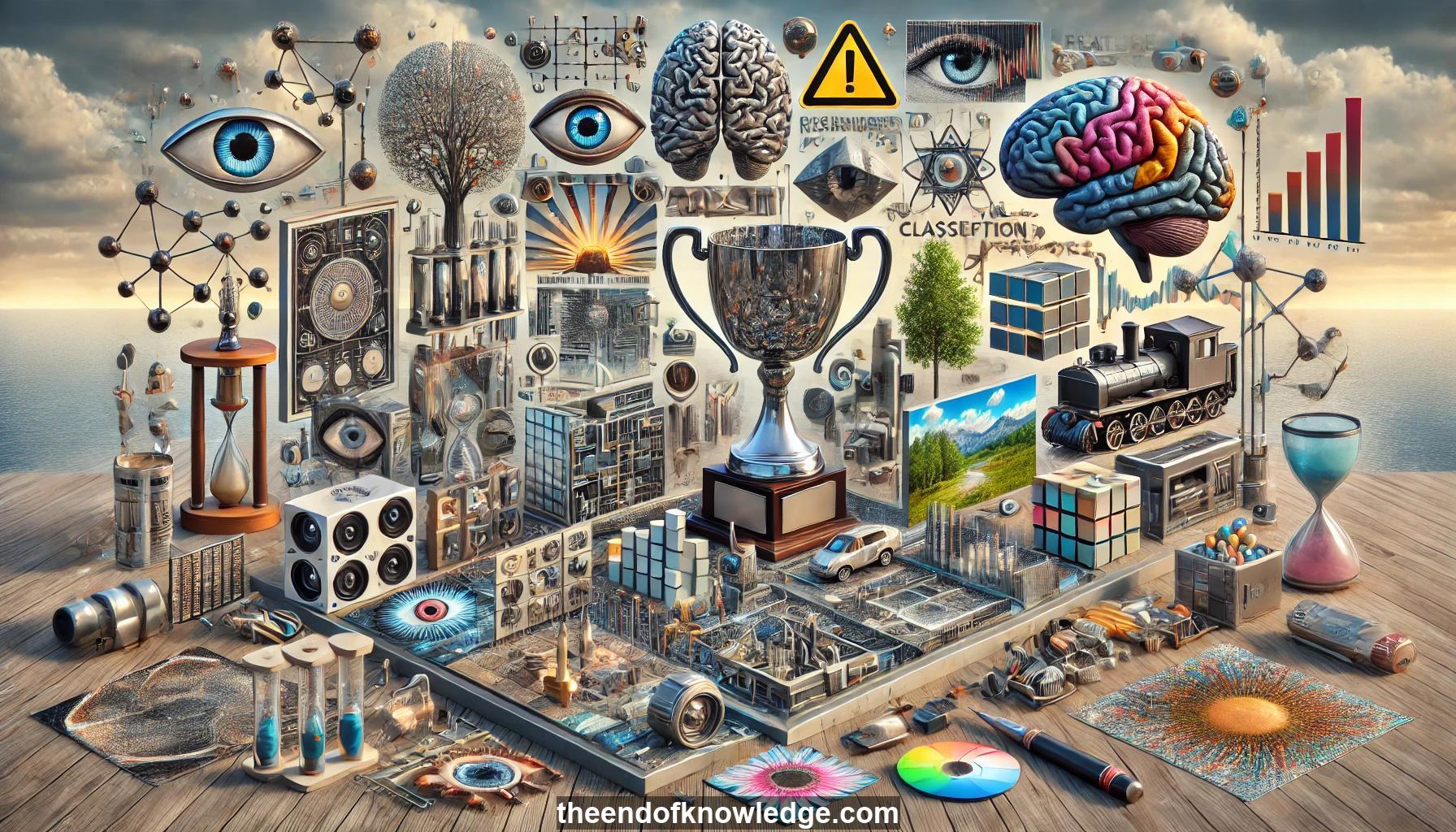 >
>
Concept Graph & Resume using Claude 3.5 Sonnet | Chat GPT4o | Llama 3:
Resume:
1.- Deep learning has made significant progress on key problems like ImageNet classification, outperforming humans.
2.- Deep learning is believed to create meaningful data representations and generate semantically meaningful embeddings.
3.- Despite successes, there are challenges like brittleness to adversarial examples and instability in generative models.
4.- Adversarial examples can fool classifiers with imperceptible perturbations, raising questions about model robustness.
5.- An experiment showed classifiers trained on adversarially perturbed, mislabeled data still performed well on original test sets.
6.- This suggests adversarial perturbations may correspond to meaningful features, not just aberrations.
7.- Data contains robust features (used by humans) and non-robust features (brittle but useful for generalization).
8.- Models use both robust and non-robust features to maximize accuracy, making them vulnerable to adversarial attacks.
9.- Robust ML aims to force models to avoid leveraging non-robust features, changing the prior on feature use.
10.- Robust models may have lower accuracy and need more training data, but offer benefits in alignment with human perception.
11.- Robust models produce saliency maps that better align with human expectations of important image regions.
12.- Visualizations of adversarial examples for robust models show more human-interpretable feature changes.
13.- Robust models have better feature representations, capturing semantic similarity more consistently than standard models.
14.- Robust representations enable simple feature manipulations and visualizations using basic optimization techniques.
15.- Semantic interpolations between images can be easily created using robust model representations.
16.- Individual neurons in robust models often correspond to human-interpretable features.
17.- Feature manipulation in robust models allows adding specific attributes to images, like stripes.
18.- Robust models' mistakes can be rationalized by visualizing the neurons responsible for incorrect classifications.
19.- A single robust classifier can perform various computer vision tasks previously requiring complex generative models.
20.- Simple optimization techniques with robust classifiers can generate realistic images from random noise.
21.- Robust classifiers can perform tasks like super-resolution and in-painting with simple optimization.
22.- Interactive image class manipulation is possible using robust classifiers and optimization.
23.- Adversarial examples reveal models' dependence on non-robust features, which are actually predictive of data.
24.- Robust training imposes a prior that aligns more closely with human vision and improves model interpretability.
25.- Understanding model decisions requires forcing them to use features that make sense to humans.
26.- Robust representations enable simple solutions to various computer vision tasks using basic optimization techniques.
27.- Robustness should be considered a tool for any machine learning task, not just for security or reliability.
28.- The definition of robustness may need refinement to better align with human perception and exclude undesired features.
29.- Determining the right set of perturbations for robustness is an ongoing challenge in the field.
30.- Non-robust features are real patterns in data, but their nature and appearance remain poorly understood.
Knowledge Vault built byDavid Vivancos 2024